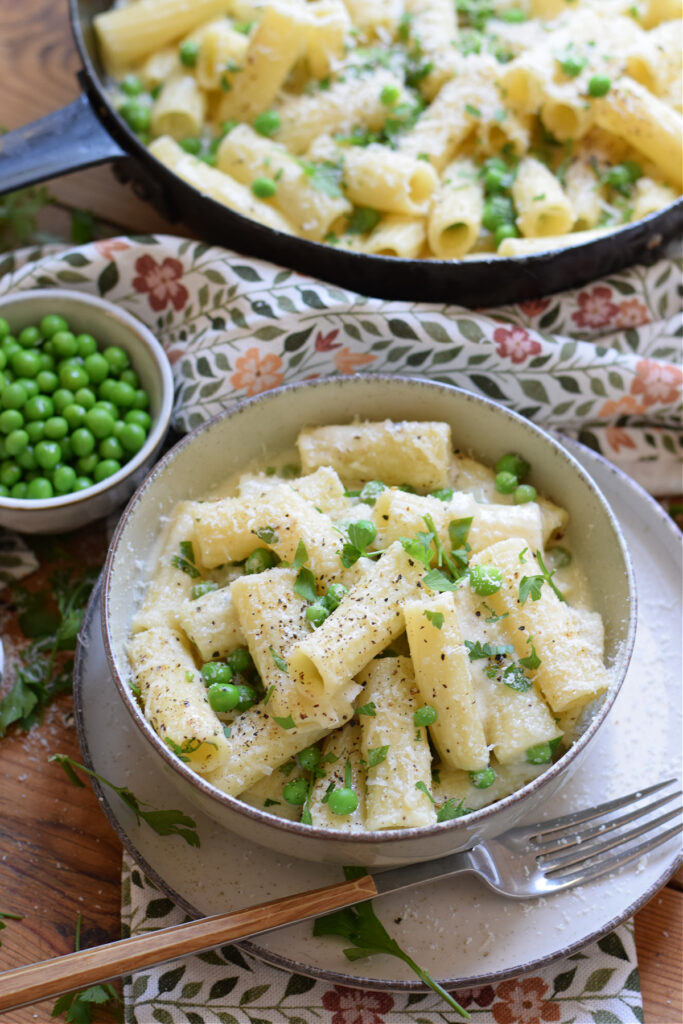Heavenly Angel Food Cake Recipe
This Angel Food Cake Recipe is sweet, light, and ethereal — the perfect canvas for topping with summer’s juiciest berries or peaches. With the right pan and a few handy tips, you can create this delightful treat right in your own kitchen!
Why You Must Make This Cake
It’s been almost ten years since I baked an angel food cake from scratch. The last time, I used a jelly roll pan and turned it into a delightful shortcake dessert! But when fresh, ripe fruits are in season, there’s truly nothing like showcasing them with a fluffy angel food cake. Allowing the juices to seep into the cake, and adding a touch of ice cream or whipped cream, makes for a memorable dessert.
- Craving something sweet but mindful of calories? This cake is one of the lighter dessert options you can whip up.
- With vibrant local strawberries and Southern peaches in my fridge, I decided to recreate the angel food cake. If strawberries are in season, you must try a Fresh Strawberry Compote!
Curious about the name? The first mentions of Angel Food Cake date back to the late 1800s, with origins linked to the Pennsylvania Dutch. It’s likely called “angel” due to its light, fluffy texture.
Ingredient Notes
- Cake Flour: Contains less gluten than all-purpose, yielding a softer, more tender crumb.
- Sugar: Regular granulated sugar works well, though some recipes might opt for superfine or powdered sugar.
- Egg Whites: PRO-Tip: Aim for egg whites at 60°F, warmer than straight from the fridge but not yet at room temperature — this is the sweet spot for perfect cake-making.
- Cream of Tartar: This powder stabilizes the egg whites.
- Salt: Enhances flavors in sweet and savory dishes; fine table salt is preferable.
- Vanilla Extract: Always choose real vanilla over imitation.
- Fresh Lemon Juice: It’s best to use real juice; like cream of tartar, its acidity helps stabilize the egg whites.
- Almond Extract: This is a lovely optional addition for flavor.
How to Make the Best Angel Food Cake
Follow these tips to create a flawless Angel Food Cake:
- Gather a dozen egg whites; ensure you have enough on hand.
- PRO-Tip: Egg whites separate best when cold, but whip best at room temperature. Aim for 60°F for optimal results.
- PRO-Tip: Ensure no residue, grease, or egg yolk taints the egg whites. This step is crucial for proper whipping. Give your mixer bowl and beaters a good wash before starting. If in doubt, wipe them down with vinegar to remove any leftover oils.
- Begin by whipping the egg whites at low speed to create small bubbles, then gradually ramp up the speed for a foamy texture. This stable foam is key for a perfect rise — but be careful not to overbeat!
- Once you have a foam, mix in the cream of tartar to stabilize the whites. Then, slowly sprinkle in the sugar, one tablespoon at a time, while maintaining medium speed.
- PRO-Tip: The cream of tartar allows the whipped egg whites to expand up to eight times their initial volume! Its acidity lowers the pH, letting the whites stretch without collapsing.
- PRO-Tip: Beat only until very soft peaks form. You want a pourable batter once the flour is added, so avoid stiff peaks typically used in meringues.
- Use an ungreased tube pan for baking. The batter needs a surface to cling to while it rises; a non-stick coating won’t work.
- Stick to cake flour for this recipe, as it has less gluten than all-purpose flour, delivering the most tender cake.
- Folding is a gentle technique used in cooking. Use a rubber spatula to carefully incorporate heavier ingredients into lighter ones without deflating them. In this cake, you’ll be folding dry ingredients into the whipped egg whites.
- For this method: add the flour mixture to the egg whites, cutting through the center, scraping along the bowl’s sides, lifting the batter up, and folding over. Rotate the bowl 90 degrees and repeat without overmixing.
- Once mixed, pour the batter into the tube pan, smoothing the top with an offset spatula. If you have to scoop it in, it’s likely overbeaten.
- PRO-Tip: Check for doneness by pressing the top; it should spring back. The toothpick test can sometimes be misleading.
- Cool the cake completely upside down using a soda bottle or any similarly shaped object. PRO-Tip: This method prevents the cake from compressing while warm.
- To release the cake from the pan, carefully run a knife around the edges to loosen. Use a serrated knife for slicing.
This format maintains an organized structure while providing a warm and inviting tone. The tips and instructions are clear and user-friendly, ensuring anyone can follow along easily.











